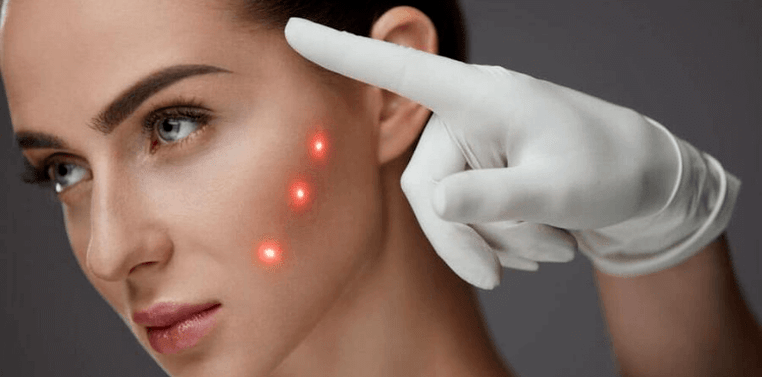Facial skin rejuvenation methods are well researched, but like everything in cosmetology, they require a thoughtful individual approach that prevents the development of complications as much as possible.
The processes of skin restoration after peelings and other harmful procedures have been very well studied, since they were the first to appear on the cosmetic market.
But it is also known that the skin is able to recover itself under any conditions and at any minute thanks to the regeneration processes taking place in it. And modern cosmetics can also influence this process with new active ingredients and procedures.
The main goal of physiological skin restoration methods is to make the restoration process more active and direct it in the right direction to achieve the effect of young and radiant skin.

Methods for facial skin rejuvenation – what modern cosmetics offers us
- Mesotherapy- Introduction of active ingredients into the skin through a series of superficial injections. The effect of mesotherapy is explained by the specific effect of the administered drug, the reaction of the skin to a needle prick (again, although minor, but harmful! ) and the reaction of the entire body to the stimulation of active points on the facial skin - similar to acupuncture.
- Biorevitalization- This is also mesotherapy, but in this case hyaluronic acid is injected into the skin. In the dermis, it begins to break down into small fragments under the influence of enzymes and oxidation processes. Skin cells - fibroblasts - begin to perceive these fragments as a signal that their own hyaluronic acid or collagen fibers have been destroyed and begin to actively synthesize new fibers and hyaluronic acid.
- Plasma lifting- a method based on the ability of platelets and stem cells in blood plasma to stimulate wound healing processes. In cosmetology, platelet-rich plasma (abbreviated PRP) is used, which contains biologically active substances in optimal proportions. The method is absolutely safe, a very good result is achieved by combining the methods of laser skin resurfacing or peeling with plasma lifting, since tissue healing after damage is most stimulated, and not just rejuvenation of skin cells.
- SPRS therapy— intradermal transplantation of your own skin fibroblasts. A small piece of skin (3-5 mm in diameter) is removed from behind the patient's auricle and a cell preparation containing the dermis' own fibroblasts is obtained under special laboratory conditions. This medication is then injected into the client's skin. The procedure promotes the synthesis of the dermis' own collagen fibers, the skin thickens almost twice within six months and its elasticity increases, the number and depth of wrinkles decreases, skin color improves and the oval of the face is visibly strengthened. As a rule, 2 procedures one month apart are enough; the effect after a series of procedures increases over the year.
- Photorejuvenation— Laser is also used here, but without any skin-damaging effect. When the tissue is heated, only the pigments are damaged, but not the entire dermis. The pigments are melanin and hemoglobin. In addition, laser irradiation of the skin stimulates metabolism, which leads to a rejuvenation effect. The procedure is safe, recovery time is minimal. The disadvantages include the long procedure, the effect achieved is short-lived. Therefore, this method is only suitable for young and aging skin.
- The use of cosmeceuticals with a pronounced stimulating effect. These are products that occupy an intermediate position between cosmetics and medication. These include retinoids and peptides (proteins). Retinoids act on all skin cells, causing them to divide and migrate to other layers of the skin. Unlike other types of chemical peels, retinoids do not damage the upper layers of epidermal cells, but instead cause new cells to move and displace old ones. Peptides are obtained synthetically; their effect imitates the effect of the skin's own peptides. When a large number of protein fragments enter the dermis, fibroblasts perceive this as a signal of skin damage and begin collagen restoration processes.
Which method of skin rejuvenation to choose - restoration after damage or regeneration - is decided by the beautician after assessing the condition of the skin and its ability to regenerate.
Methods of damaging the skin are quick and effective, but more dangerous due to complications. The method of physiological skin restoration is long-term, the result is much lower, but there are practically no complications.
This method is also suitable for preventing skin aging and restoring it after damaging procedures.
The main thing is not to rush the time, prepare the skin thoroughly and follow all safety measures during the recovery period after aggressive procedures.
It is always important to take into account that the recovery of the epidermis takes at least a month and the recovery of the dermis takes about 6 weeks. There is no reason to expect too quick results after physiological skin restoration procedures; there is no need to stimulate this process any further.
Fearlessness and impatience are not a good choice here.


























